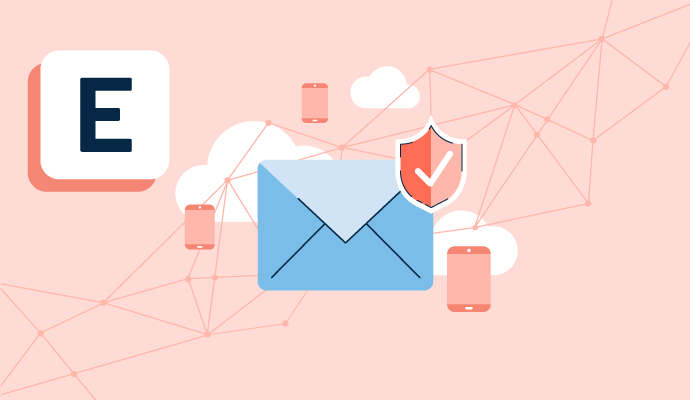90% of Cybersecurity Breaches Occur in Small Businesses
One mistake small businesses make is assuming they’re not a target. Unfortunately, more and more hackers are launching attacks at unprepared enterprises to steal money, damage reputations, and cause as much disruption as possible.
Research has shown that up to 90% of cybersecurity breaches occur in small businesses. So, even though you’re still in the early stages of your business and learning vital skills to help grow your brand, you must also consider developing your cybersecurity in tandem.
That said, small businesses often have a small budget to rely on. So, what security tools and tips should be your absolute priority?
This article will explore how to take your cybersecurity to the next level. You’ll learn crucial information on common threats and the best ways to protect your company without costing a fortune.
Statistics show that cybercrime against SMEs is on the rise
Between 2020 and 2021, breaches against small and medium-sized enterprises (SMEs) grew by an incredible 150%, twice the increase in attacks against larger companies. So why the sudden increase?
These years were incredibly demanding for businesses because of the global pandemic. Smaller companies were forced to digitize themselves quickly to remain competitive.
Unfortunately, this quick adaption to online services made them prime targets for opportunistic hackers. What’s more, the cost of cybersecurity climbs higher each day, with estimations valuing the industry at €13.6 trillion by 2028.
With these exceedingly high costs, smaller businesses are priced out of getting the proper protection they need to defend themselves.
Three cheap but effective ways to avoid a cyberattack
While perpetrators vary between individuals, hacktivist groups, and state-sponsored hackers, their attack methods are consistent throughout the business world. This means you can improve your protection online by focusing on specific areas. These include:
- Raising cybersecurity awareness
Businesses should prioritize cybersecurity awareness alongside such IT skills as tech-saviness and computer literacy. They should recognize how a person’s conduct while using digital devices can affect a business.
Simple ways of creating a positive cybersecurity culture at work include:
- Regular training: Providing training is essential to equipping employees with the right knowledge to repel an attack. Reward professional development and positive cyber behavior.
- Basic cyber skills: Ensure employees know the basics, including using and updating antivirus software and examining links and attachments before clicking on them.
- Simplified reporting: Ensure employees feel safe and comfortable coming forward with reporting potential breaches.
- Leadership: People in power should lead by example, setting policies highlighting who is in charge during a crisis.
- Access levels: Only grant access to sensitive files and systems to employees who need them. Consider removing them when no longer needed.
- Using a virtual private network (VPN)
One way to protect your online activity is to secure your internet connection. You can do this using a VPN service, which encrypts sent and received data, thus preventing hackers from monitoring and collecting sensitive information about you.
Many VPNs have robust security add-ons and built-in features, such as ad-blockers, to protect you from malicious files and fraudulent websites. They can also hide your IP address, giving you greater online anonymity.
Moreover, a VPN can protect all connections to the internet, including those from smartphones, tablets, and IoT devices. This robust security can give you peace of mind that your online activities are protected from prying eyes and ears, no matter the device.
- Improving passwords
Passwords are the foundation of all cybersecurity. The stronger they are, the more protected your business is.
Not many people realize what it takes to set a strong password. By updating your accounts, you’re effectively giving them a better chance at avoiding being hacked.
Key features of a strong password include:
- Length: The longer the password, the better. Aim for at least 12 to 14 characters.
- Complexity: Add complexity to any password by using a variety of symbols, numbers, and upper and lower case letters.
- Uniqueness: Always use a new password for each new account. This creates a barrier so your other accounts are safe if one becomes hacked.
- Secrecy: Avoid sharing passwords with others, and never send or record them via email or text.
If you struggle to remember complex passwords, consider using a password manager. This tool can automatically create, encrypt, store, and enter passwords into accounts for you, ensuring you always have the best protection on work accounts.

Greetings! I’m thrilled to introduce myself as a dedicated blogger with a fervent passion for crafting meticulously researched and insightful blogs. My mission is to provide you, the readers, with a treasure trove of valuable information. Join me in this exciting adventure of discovery – Thanks







